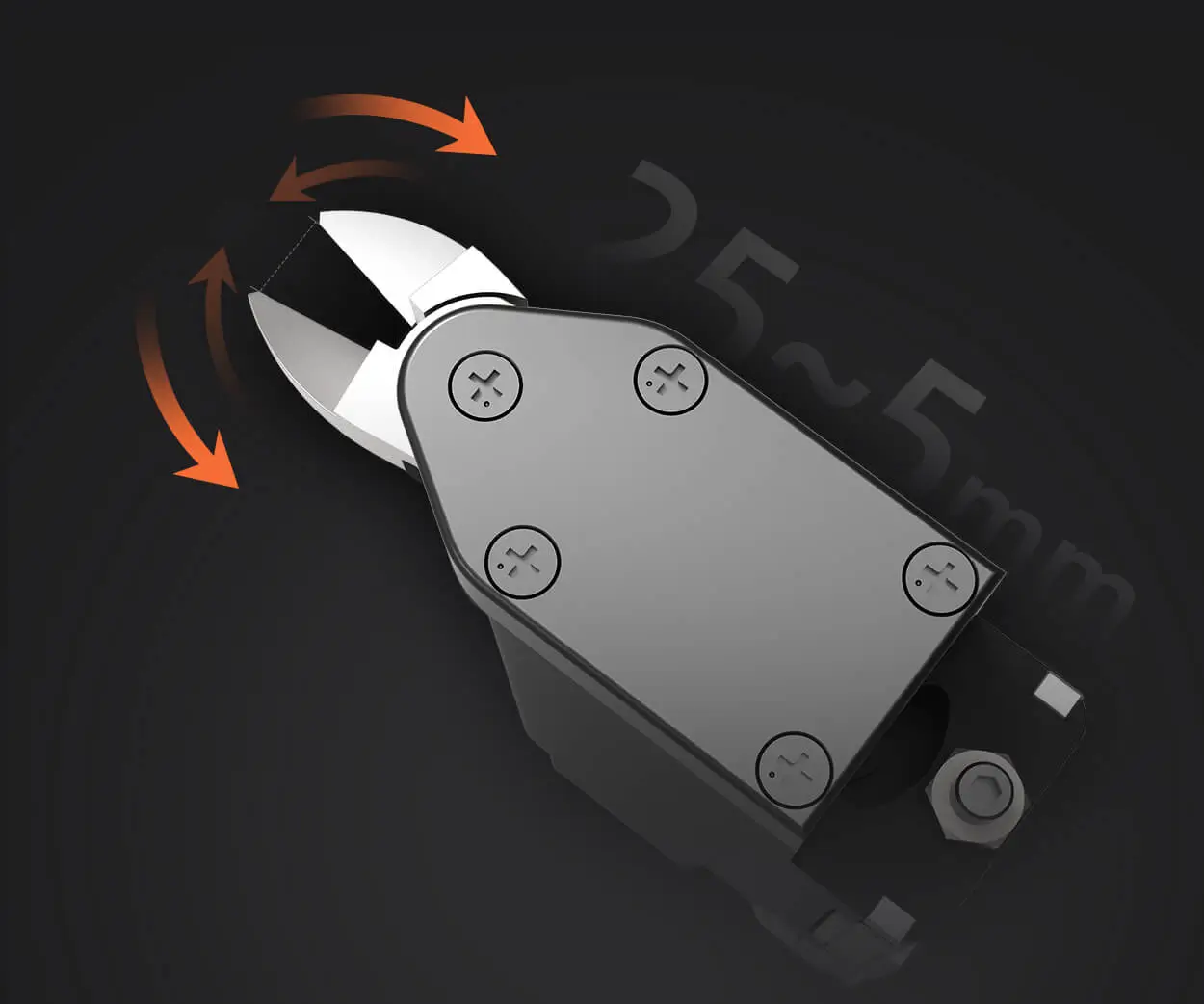Sure! Here's the first part of the soft article on "brushless servo motor control," crafted to be engaging and informative.

part 1:
In the realm of modern automation, robotics, and industrial machinery, the quest for precision, efficiency, and reliability continues to push technological boundaries. Central to these advancements is the evolution of motor control systems, with brushless servo motors taking center stage. Unlike traditional brushed motors, brushless servo motors offer superior performance characteristics—higher efficiency, reduced maintenance, and enhanced control—making them the go-to choice for demanding applications.
The Rise of Brushless Servo Motors
At the heart of any motion control system, the motor's capabilities dictate the overall performance. Brushless servo motors, also known as BLDC (Brushless Direct Current) motors, are a type of synchronous motor that operates without brushes, allowing for cleaner and more efficient energy transfer. Their design comprises a rotor with permanent magnets and a stator wound with electromagnetic coils. The absence of brushes eliminates brush wear and sparking issues, which translates into longer lifespan and less downtime.
These motors excel in delivering high torque at low speeds, rapid acceleration, and precise positioning. Whether it's a robotic arm performing intricate tasks, CNC machinery carving out complex components, or advanced drones maintaining stability in flight, brushless servo motors are the backbone that transforms machine intent into accurate motion.
Understanding the Control Challenges
Controlling a brushless servo motor isn't as straightforward as simply providing power; it demands a sophisticated control system capable of synchronous operation. Unlike brushed motors, where current flow is mechanically managed by brushes and commutators, brushless motors require electronic commutation. This means that the motor's controller must continuously interpret sensor signals or back-EMF (Electromotive Force) to determine rotor position, and then precisely energize the appropriate stator coils.
The intricacy arises because the controller must accurately synchronize the stator's magnetic field with the rotor's magnetic poles to produce smooth motion. Misalignment can lead to oscillations, torque ripple, or even damage to the motor. To achieve this, engineers rely heavily on specialized control algorithms and firmware—combined with detailed hardware design.
Role of the PDF Guides in Mastering Control
One of the most valuable resources available for mastering brushless servo motor control is comprehensive PDF documents—detailed manuals, schematics, tuning guides, and firmware descriptions. These documents serve as knowledge repositories, helping engineers understand the nuances of the control process.
A typical "brushless servo motor control PDF" provides insights into:
The fundamental principles of brushless motor operation Wiring diagrams and hardware setup instructions Signal processing and sensor integration, such as Hall sensors or rotary encoders Programming methods for motion profiles and feedback loops Tuning procedures for PID controllers to optimize responsiveness Troubleshooting common issues in control systems
Many of these PDFs are produced by motor manufacturers, electronics suppliers, or automation standards organizations, ensuring that users have access to validated, high-quality information.
Core Components of a Brushless Servo Control System
Building a robust control system involves several key components:
Motor Driver (ESC or Servo Drive): Converts logic signals into high-current waveforms that energize the motor's coils. Modern drivers incorporate advanced features like overcurrent protection, regenerative braking, and communication interfaces.
Feedback Devices: Sensors such as Hall effect sensors or rotary encoders provide real-time positional data. This data is critical for the controller to maintain precise rotation and speed, especially in applications demanding high accuracy.
Control Algorithms: Digital algorithms—often PID (Proportional-Integral-Derivative) loops or field-oriented control (FOC)—calculate the necessary voltage vectors to drive the motor smoothly and responsively.
Microcontroller or DSP (Digital Signal Processor): Acts as the brain, executing the control algorithms based on sensor feedback and command inputs. Many PDFs include sample code snippets, firmware architecture, and integration tips.
Power Supply and Protection Circuitry: Ensures stable operation, filters noise, and guards against faults.
The Significance of Firmware and Tuning
The control firmware embedded within the driver or microcontroller is the heart of the system. It interprets signals, computes control actions, and outputs the switching commands to the motor. Fine-tuning this firmware—adjusting PID parameters or calibration settings—is essential for achieving optimal responsiveness, minimal overshoot, and stability.
Most comprehensive control PDF guides include step-by-step instructions for tuning, supported by simulation data and real-world calibration procedures. They often recommend initial parameter estimates, followed by iterative adjustments based on performance observations.
Advantages of Using PDF Resources
Relying on PDF documents for motor control design and implementation offers several benefits:
Standardized Knowledge: PDFs condense complex concepts into digestible formats, often inclusive of schematics, flowcharts, and troubleshooting tips. Step-by-Step Guidance: They provide practical instructions to set up hardware, write code, and perform motor tuning. Industry Best Practices: Access to validated approaches and safety protocols. Customization and Innovation: Inspiration for engineers to adapt frameworks to unique applications.
Emerging Trends Enabled by Control PDFs
As technology advances, PDFs continue to evolve, covering topics like sensorless control techniques, vector control approaches, energy-efficient design, and integration with IoT platforms. Such resources empower innovators to explore new horizons—creating smarter, more efficient systems capable of complex, autonomous operations.
Established in 2005, Kpower has been dedicated to a professional compact motion unit manufacturer, headquartered in Dongguan, Guangdong Province, China.




































